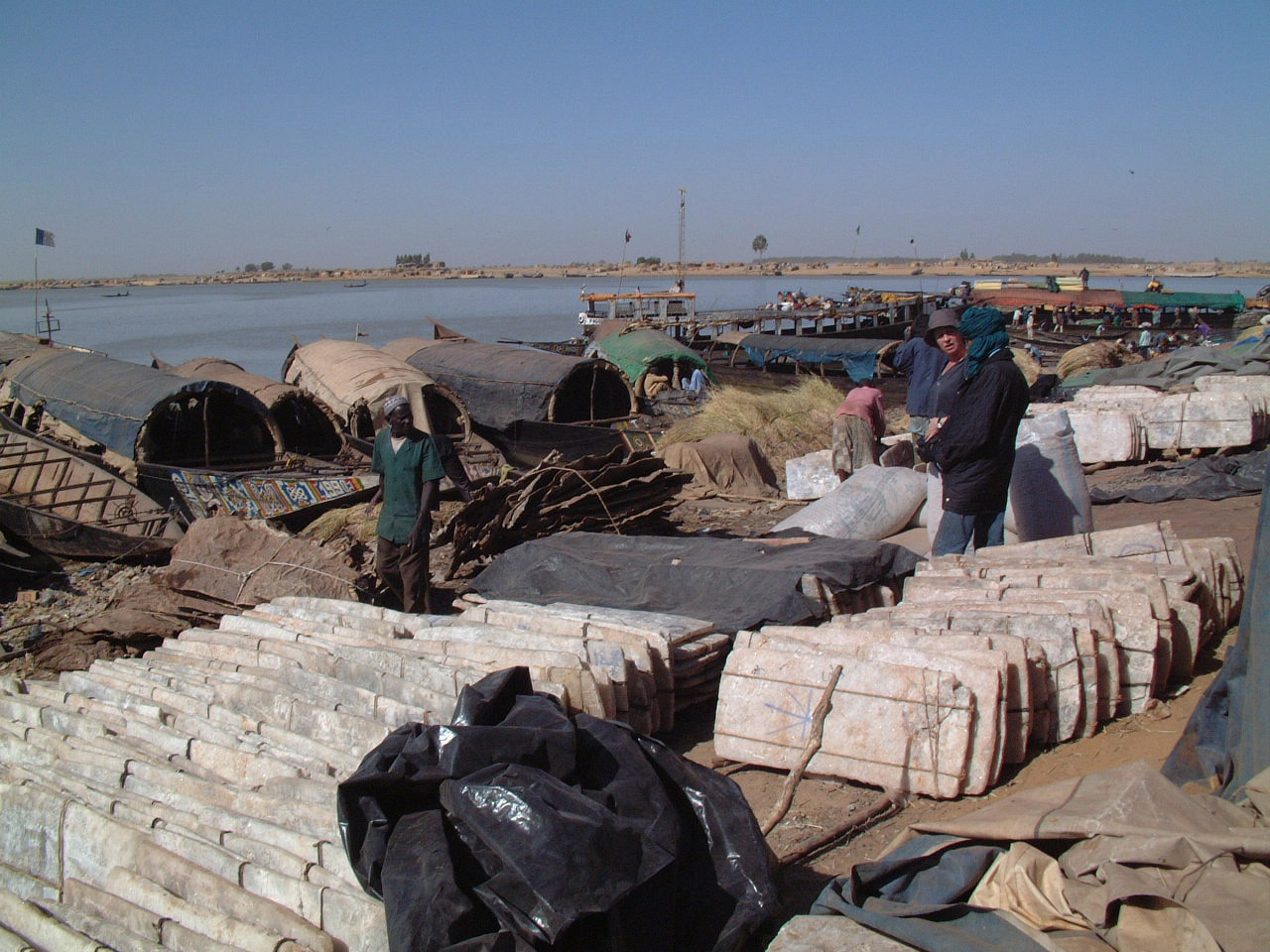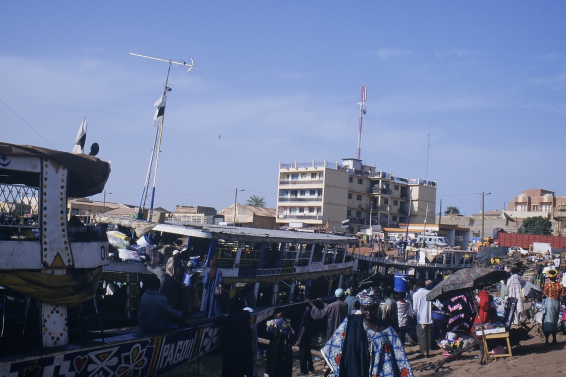|
Taoudenni
ar, تودني , nickname = , settlement_type = , total_type = , motto = , translit_lang1= , translit_lang1_type= , translit_lang1_info= , translit_lang1_type1= , translit_lang1_info1= , translit_lang1_type2= , translit_lang1_info2= , image_skyline = , imagesize = , image_caption = , image_flag = , flag_size = , image_seal = , seal_size = , image_shield = , shield_size = , image_blank_emblem = , blank_emblem_type = , blank_emblem_size = , image_map = , mapsize = , map_caption = , image_map1 = , mapsize1 = , map_caption1 = , image_dot_map = , dot_mapsize = , dot_map_caption = , dot_x = , dot_y = , pushpin_map = Mali , pushpin_label_position = , pushpin_map_caption =Location within Mali , ... [...More Info...] [...Related Items...] OR: [Wikipedia] [Google] [Baidu] |
Azalai
The Azalai (Tamasheq, var. Azalay) is a semi-annual salt caravan route practiced by Tuareg traders in the Sahara desert between Timbuktu and the Taoudenni salt mine in Mali, or the act of traveling with a caravan along that route. The other major West African salt caravan route, heading from around Agadez to Fachi and Bilma in Niger, is called Taghlamt (in Tamasheq, or Taglem or Tagalem in Hausa language). The two are among the last caravan routes in the Sahara that are still in use. Both caravans have largely been replaced by unpaved truck routes. Timbuktu-Taoudenni At one time the caravan route from Timbuktu extended through Taoudenni to Taghaza, another salt-mining site, and on to the lands north of the Sahara on the Mediterranean Sea. Caravans with up to 10,000 camels carried gold and slaves north, returning with manufactured goods and salt from Taghaza and Taoudenni. Until the 1940s, the Taoudenni caravans were made up of thousands of camels, departing Timbuktu at ... [...More Info...] [...Related Items...] OR: [Wikipedia] [Google] [Baidu] |
Araouane
Araouane or Arawan is a small village in the Malian part of the Sahara Desert, lying north of Timbuktu on the caravan route to the salt-mining centre of Taoudenni. The village once served as an entrepôt in the trans-Saharan trade. History Between the 16th and 19th centuries Araouane acted as an entrepôt in the important trans-Sahara trade. The French explorer, René Caillié passed through Araouane in 1828 on his journey from Timbuktu across the Sahara Desert to Morocco. He travelled in May, the hottest month of the year when the average maximum temperature in Timbuktu soars to 43–44 °C. He left Timbuktu with a caravan of 600 camels transporting gold, slaves, ivory, gum arabic, ostrich-feathers and cloth. The caravan mostly travelled at night and took six days to reach Araouane where it stopped for nine days before setting out again towards Taoudenni with an additional 800 camels. Caillié gives this description of Araouane: El-Arawan like Timbuctoo possesses no resour ... [...More Info...] [...Related Items...] OR: [Wikipedia] [Google] [Baidu] |
Taghaza
, nickname = , settlement_type = , total_type = , motto = , translit_lang1 = , translit_lang1_ , translit_lang1_info2 = , image_skyline = , imagesize = , image_caption = , image_flag = , flag_size = , image_seal = , seal_size = , image_shield = , shield_size = , image_blank_emblem = , blank_emblem_type = , blank_emblem_size = , image_map = , mapsize = , map_caption = , image_map1 = , mapsize1 = , map_caption1 = , image_dot_map = , dot_mapsize ... [...More Info...] [...Related Items...] OR: [Wikipedia] [Google] [Baidu] |
Chenachène
Chenachène (also written Chenachane) is an isolated village in the commune of Tindouf, in Tindouf Province, Algeria. Climate Chenachène has a hyper-arid hot desert climate (Köppen ''BWh''). It is one of the driest places on earth and the hottest during summer. The average high temperature in July is , which is 0.9°C higher than Furnace Creek, Death Valley, California and the highest on earth (Chenachène beats nearby Taghaza in Mali by 0.1°C, and Taoudenni, also in Mali, by 0.4°C). See also * Furnace Creek * Taghaza * Taoudenni * Tanezrouft The Tanezrouft ( ar, تنزروفت) is a natural region located along the borders of Algeria and Mali, west of the Hoggar Mountains. Along with the Libyan Desert it is one of the most desolate and most arid parts of the Sahara Desert. This area h ... References Neighbouring towns and cities Populated places in Tindouf Province {{Tindouf-geo-stub ... [...More Info...] [...Related Items...] OR: [Wikipedia] [Google] [Baidu] |
Timbuktu
Timbuktu ( ; french: Tombouctou; Koyra Chiini: ); tmh, label= Tuareg, script=Tfng, ⵜⵏⴱⴾⵜ, Tin Buqt a city in Mali, situated north of the Niger River. The town is the capital of the Tombouctou Region, one of the eight administrative regions of Mali and one town of Songhai people. It had a population of 54,453 in the 2009 census. Timbuktu began as a seasonal settlement and became a permanent settlement early in the 12th century. After a shift in trading routes, particularly after the visit by Mansa Musa around 1325, Timbuktu flourished from the trade in salt, gold, ivory and slaves. It gradually expanded as an important Islamic city on the Saharan trade route and attracted many scholars and traders. It became part of the Mali Empire early in the 14th century. In the first half of the 15th century, the Tuareg people took control of the city for a short period until the expanding Songhai Empire absorbed the city in 1468. A Moroccan army defeated the Songhai in 1 ... [...More Info...] [...Related Items...] OR: [Wikipedia] [Google] [Baidu] |
Mopti Sel
Mopti ( Bambara: ߡߏߕߌ tr. Moti) is a town and an urban commune in the Inner Niger Delta region of Mali. The town is the capital of the Mopti Cercle and the Mopti Region. Situated 630 km northeast of Bamako, the town lies at the confluence of the Niger and the Bani Rivers and is linked by an elevated causeway to the town of Sévaré. The urban commune, which includes both Mopti and Sévaré, had a population of 114,296 in the 2009 census. Geography Mopti lies on the right bank of the Bani River, a few hundred meters upstream of the confluence of the Bani with the Niger River. Between August and December when the rivers flood the Inner Niger Delta, the town becomes a series of islands connected by raised causeways. During this period the only road access to the town is along a 12 km causeway that links Mopti to Sévaré. Mopti lies to the west of the Dogon Plateau and is 66 km northwest of Bandiagara and 76 km north-northeast of Djenné. The town is the ca ... [...More Info...] [...Related Items...] OR: [Wikipedia] [Google] [Baidu] |
Taoudeni Basin
The Taoudeni Basin is a major Sedimentary basin in West Africa, named after the Taoudenni village in northern Mali. It covers large parts of the West African craton in Mauritania and Mali. It is of considerable interest due to its possible reserves of oil. In addition to its economic importance, the basin contains scientifically important fossils from the Late Mesoproterozoic and Early Neoproterozoic eras, which correspond to a time interval known as the Boring Billion. Description The Taoudeni is the largest sedimentary basin in Northwest Africa, formed during the Middle to Late Proterozoic. It continued to subside until the Middle Paleozoic, when Hercynian deformation and uplift occurred. It contains up to of Late Precambrian and Paleozoic sediments. Exploratory drilling since the 1980s has found indications of petroleum in the Late Precambrian, Silurian and Late Devonian formations. Sediments are thicker in the western half of the basin. Petroleum geology The governme ... [...More Info...] [...Related Items...] OR: [Wikipedia] [Google] [Baidu] |
Taoudénit Region
ar, تودني bam, ߕߊߎߘߋߣߌ ߘߌߣߋߖߊfrench: Taoudénit , native_name_lang = , type = Region , image_skyline = , image_alt = , image_caption = , nickname = , motto = , image_map = Taoudénit in Mali 2012.svg , map_alt = , map_caption = Location of Taoudénit Region in Mali , mapsize = 250px , coordinates = , coordinates_footnotes = , subdivision_type = Country , subdivision_name = , established_title = , established_date = , founder = , named_for = , seat_type = Capital , seat = Taoudénit , government_footnotes = , leader_party = , leader_title = Governor , leader_name = , area_footnotes = , area_total_km2 ... [...More Info...] [...Related Items...] OR: [Wikipedia] [Google] [Baidu] |
Yoro Diakité
Yoro Diakité (17 October 1932 – 13 June 1973) was a Malian politician and military figure. Diakite was the Prime Minister of Mali and Head of the Provisional Government from 19 November 1968 to 18 September 1969, and then Vice President of the ruling junta. After being accused of organizing a coup attempt in 1971, he was condemned to life imprisonment and died in the Taoudenni ar, تودني , nickname = , settlement_type = , total_type = , motto = , translit_lang1= , translit_lang1_type= , translit_lang1_info= , translit_lang1_type1= , translit_lang1_info1= , transli ... prison camp in June 1973.. Includes photograph of grave. References * "Dependency and Conservative Militarism in Mali" The Journal of Modern African Studies, 1975 {{DEFAULTSORT:Diakite, Yoro 1932 births 1972 deaths Malian military personnel Prime Ministers of Mali Vice presidents of Mali Malian prisoners sentenced to life imprisonment Prisone ... [...More Info...] [...Related Items...] OR: [Wikipedia] [Google] [Baidu] |
Regional Capitals In Mali
In geography, regions, otherwise referred to as zones, lands or territories, are areas that are broadly divided by physical characteristics (physical geography), human impact characteristics (human geography), and the interaction of humanity and the environment (environmental geography). Geographic regions and sub-regions are mostly described by their imprecisely defined, and sometimes transitory boundaries, except in human geography, where jurisdiction areas such as national borders are defined in law. Apart from the global continental regions, there are also hydrospheric and atmospheric regions that cover the oceans, and discrete climates above the land and water masses of the planet. The land and water global regions are divided into subregions geographically bounded by large geological features that influence large-scale ecologies, such as plains and features. As a way of describing spatial areas, the concept of regions is important and widely used among the many branches of ... [...More Info...] [...Related Items...] OR: [Wikipedia] [Google] [Baidu] |
Annales De Géographie
The ''Annales de Géographie'' is a French journal devoted to geography, first published in 1891. From the start the journal was an influential and respected academic journal. History The ''Annales de Géographie'' was founded in 1891 by Paul Vidal de La Blache (1845–1918). It was published by Armand Colin from the first edition until the present. From 1893 to 1915 the journal contained a yearly ''Bibliographie de l'année'' (Bibliography of the Year). Until 1946 the title on the cover was ''Annales de géographie, Bulletin de la Société de géographie''. With volume 282 (April/May 1941) the journal absorbed the society's ''La Géographie'' (1900). It did not appear in 1944. The Société de géographie's bulletin was published independently from 1947 under the title ''Acta geographica''. Coverage The Annales de Géographie became an influential academic journal that promoted the concept of human geography as the study of man and his relationship to his environment. Vidal de ... [...More Info...] [...Related Items...] OR: [Wikipedia] [Google] [Baidu] |




